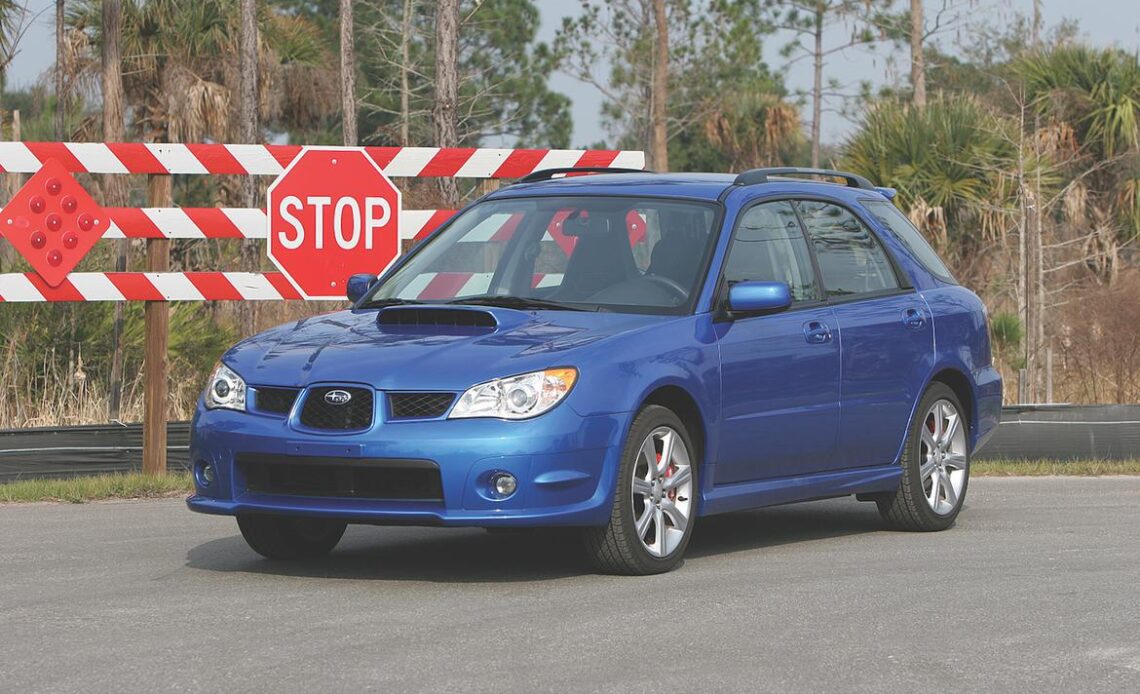Back in the mid-1990s, if you had told your average American auto enthusiast that Subaru would soon be known for its performance cars, you’d likely have been laughed out of the room. In the U.S. market at least, Subaru specialized in building quirky front- and all-wheel-drive compact cars that featured conservative styling, flat-four engines and no-frills interiors—hardly the stuff that excited …
If You Build It, They Will Come
With the new millennium came a new Impreza, as Subaru of America expanded its lineup in 2002. While the non-turbo Impreza 2.5 RS was still available, this batch of cars featured a special standout: The U.S. finally had its own WRX, turbocharger and all.
The timing was nearly perfect. The import tuning scene was really exploding, and few manufacturers offered a model that could compete with the well-developed WRX.
Photography credit: David S. Wallens
The WRX was new to Americans, but the model line actually stretched back to 1992 internationally. Developed to battle the Lancer Evolution and similar rally-ready cars, the WRX was a little less hardcore but appealed to a broader audience. It was a home run.
Our version of the turbocharged, all-wheel-drive car—available in both sedan and sport-wagon guises—was slightly detuned from the Japanese and European versions. Instead of the 250-horsepower turbo engine and close-ratio gearbox found in the Japanese-market WRX sedan, we got a 227-horsepower, flat-four boxer plus the wide-ratio gearbox found in the home-market WRX wagon. Subaru raised the final drive ratio from 4.11:1 to 3.90:1 to lower the revs when cruising. The U.S.-market cars also lost some of the frills found on the JDM versions, as we didn’t get the trick front brake calipers or wider wheels.
Photography credit: David S. Wallens
Despite the differences, the Americanized WRX still performed well. Zero-to-60 times were in the 5.5-second range—pretty amazing for a car costing less than $25,000. Brakes, handling and grip were also well above average.
Subaru also offered the WRX with an automatic transmission. Even though this version came paired with a more sophisticated all-wheel-drive system, few enthusiasts embraced it due to its lack of zing and even greater lack of low-end torque.
Outside, the WRX shared the same wide-body styling and unique bug-eye headlights as rest of the Impreza…
Click Here to Read the Full Original Article at Grassroots Motorsports Online Articles…

